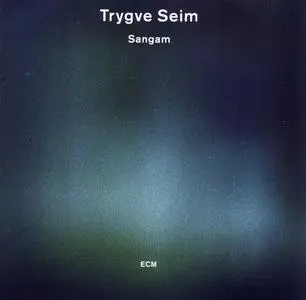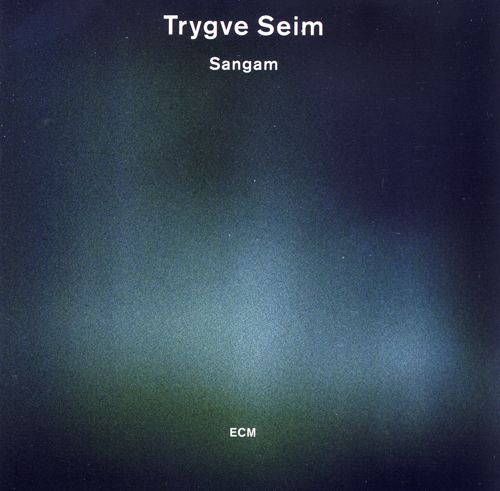Trygve Seim - Sangam
Jazz ¬ ECM 1797 | 2004 | Flac 3 x 95 + 82 MB | Time 1:09:29 | Front Cover
Jazz ¬ ECM 1797 | 2004 | Flac 3 x 95 + 82 MB | Time 1:09:29 | Front Cover
Listeners looking for any strict relationship to the North American jazz tradition, however, will find that Seim’s reference points are far broader and more influenced by earlier ECM recordings, including Jan Garbarek’s Eventyr and, more importantly, the liberated muse of the late composer/drummer Edward Vesala. In fact, if there is any precedent for Seim’s work, it is in that of Vesala, with whom Seim worked intermittently before his untimely death at the age of 54 in ’99. Although more consistently contemplative than his counterpart, Seim demonstrates a similar penchant for intriguing instrumental combinations—on Sangam , in addition to the three primary voices already identified, Seim brings together bass saxophone, French horn, tuba, accordion, cello, and drums to create a rich and distinctive sound that is more about smooth surfaces and rounded edges. Seim’s compositions are almost painfully beautiful. The title track begins with Lund’s clarinet in apparent free-flow, although Seim’s melodies are so esoteric and long-form as to sometimes blur the line between improvisation and structure. But Lund’s phrases and Henriksen’s subsequent shakuhachi-like expressions act as gentle catalysts for the ensemble, which creates lush-long tone washes over which the principle soloist can then soar. “Beginning” may have a stated rhythm, but it is no less subtle and evocative. Henriksen’s almost naïve theme is melancholic, supported by close voicings and a simple set of changes which Seim broadens through constantly shifting harmonies, intertwining lines that converge and digress with tender lyricism. And when, midway through the piece, Henrkisen solos with his breath-like tone and the ensemble gradually raises the dynamics. But as dramatic as the piece ultimately becomes, it never loses its innate poignancy and sense of calm. Adding two trombones and a string ensemble to the mix, the four part “Himmelrand i Tidevand” suite may be Seim’s most ambitious score to date. Seim manages to take instruments normally considered brash, creating an uncanny sense of tranquility on “Part I.” In fact, if there’s any singular description of Seim’s music, it’s that of peace and harmony; but a multitude of possibilities clearly dwell within that space. Seim’s own playing, ethereal yet grounded, is but one voice in this remarkable ensemble where he emphasizes colour, texture and melody over stark technical display. As auspicious a début as Different Rivers was, Sangam further develops Seim’s singular conception. This one should rightfully find itself on many of this year’s top ten lists. (about.Jazz)
Tracks:
*01.- Sangam (6:24)
*02.- Dansante (12:01)
*03.- Beginning An Ending (9:23)
*04.- Himmerland i Tidevand Part I (8:26)
*05.- Himmerland i Tidevand Part II (6:23)
*06.- Himmerland i Tidevand Part III (9:01)
*07.- Himmerland i Tidevand Part IV (5:12)
*08.- Trio (7:01)
*09.- Prayer (5:38)
Personnel:
*Trygve Seim: tenor and soprano saxophones
*Håvard Lund: clarinet, bass clarinet
*Nils Jansen: bass saxophone, contrabass clarinet
*Arve Henriksen: trumpet
*Tone Reichelt: french horn
*Lars Andreas: Haug tuba
*Frode Haltli: accordion
*Morten Hannisdal: cello
*Per Oddvar Johansen: drums
*Øyvind Brække: trombone
*Helge Sunde: trombone
:]



